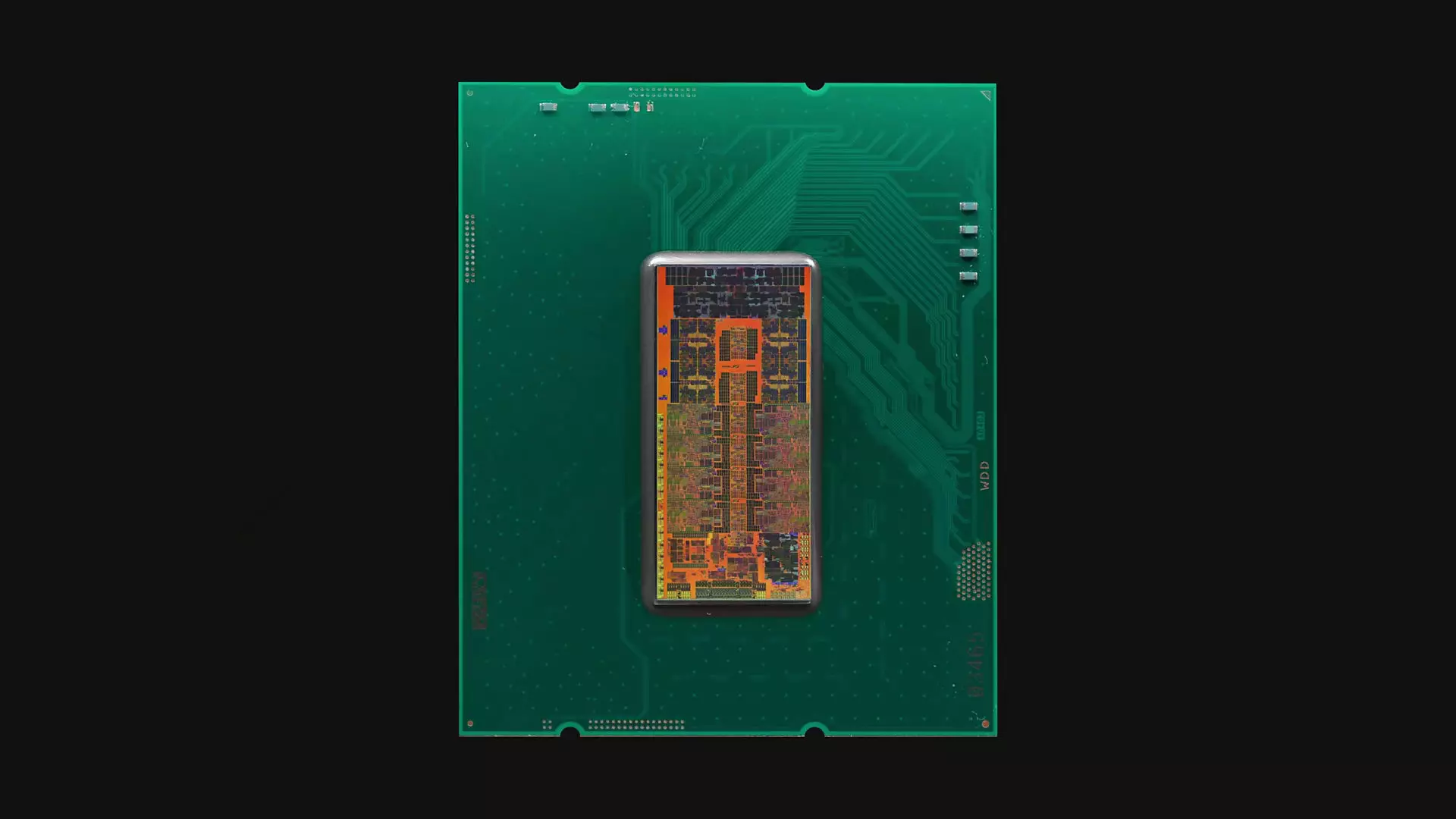In a surprising turn of events, Intel has stepped up its game in the CPU arena with aggressive pricing strategies for its recent Arrow Lake processor lineup. The company has announced significant reductions, slashing prices on its Core Ultra 7 265K and 265KF models by 25%. The 265K now retails at a tempting $299, down from $399, while the 265KF, lacking an integrated GPU, reaches an even more attractive price of $284. These price adjustments not only highlight Intel’s intention to remain competitive but also signal an intriguing shift within the CPU market, particularly for gamers.
As we’ve observed over the years, the price of a CPU has often been a major factor in purchasing decisions, especially for gaming enthusiasts who seek maximum performance without breaking the bank. With these cuts, Intel is positioning itself as a viable alternative to its competitors, most notably AMD, appealing to a demographic that is increasingly conscious of value without compromising performance.
Specifications and Performance Dynamics
Both variants of the Core Ultra 7 share impressive specifications. Each model boasts a combination of eight Performance cores and 12 Efficient cores, aligning with the growing trend of hybrid architectures in modern computing. Operating frequencies soar, with both CPUs reaching a remarkable Turbo speed of up to 5.5 GHz. This blend of performance and efficiency makes these processors not just gaming powerhouses but also suitable for demanding tasks like video editing, rendering, and streaming.
One cannot overlook the context of this launch under adversity. Intel’s Arrow Lake family faced a rocky start, marred by delays and underwhelming performance at first glance. However, the recent updates and patches have evidently aided in recalibrating the performance metrics, creating a more compelling narrative around these processors. This drastic improvement prompts the question: can the Arrow Lake CPUs genuinely compete with AMD’s Ryzen 7 9700X, which remains a favorite among gamers for its minimal price point and slightly higher performance in gaming scenarios?
The Competitive Landscape: Intel vs. AMD
The rivalry between Intel and AMD is one that continues to shape the computer hardware landscape. The Ryzen 7 9700X, typically found at over $300, holds a slight edge over Intel in gaming performance. However, this edge is, in practical terms, marginal at best. Gamers often embrace the idea that raw numbers on a spec sheet don’t always translate to real-world experiences. While the 9700X might perform approximately 5% better in certain situations, the gap is hardly noticeable during actual gameplay.
Moreover, the core count becomes a pivotal aspect when looking beyond gaming. Intel’s offerings with 20 cores—albeit divided across Performance and Efficient cores—showcase their advantage in productivity tasks. As software developers increasingly recognize the significance of multithreading, there’s potential for the value of these additional cores to rise in scenarios beyond traditional gaming. This contextual understanding of performance suggests that users could leverage Intel’s chips for greater versatility in both gaming and productivity, making them an appealing option.
Future-Proofing: The Rise of Multithreading
A seismic shift is underway in gaming and software development with the gradual acceptance of multithreading. Historically, many games were designed with a smaller number of threads in mind, but recent trends indicate a pivot toward embracing more robust threading capabilities. This transition indicates a bright future for processors like the Intel 265K and 265KF, which are built with multithreading in mind. The emphasis on multiple cores can facilitate a smoother gaming experience as game developers continue to optimize for more complex CPU architectures.
However, despite these advantages, there remains a lingering skepticism around Intel’s hybrid architecture. Critics argue whether this innovative design can truly excel in a desktop environment as it has in mobile devices. As consumers, we are right to question whether Intel can deliver consistently reliable performance through this approach, especially given past missteps.
In this competitive landscape, the question is not merely which CPU to choose, but rather which will evolve alongside user needs and software advancements. In light of Intel’s current pricing and specifications, and given the rising trend of multithreading, the case for choosing their processors just became significantly stronger.


Leave a Reply